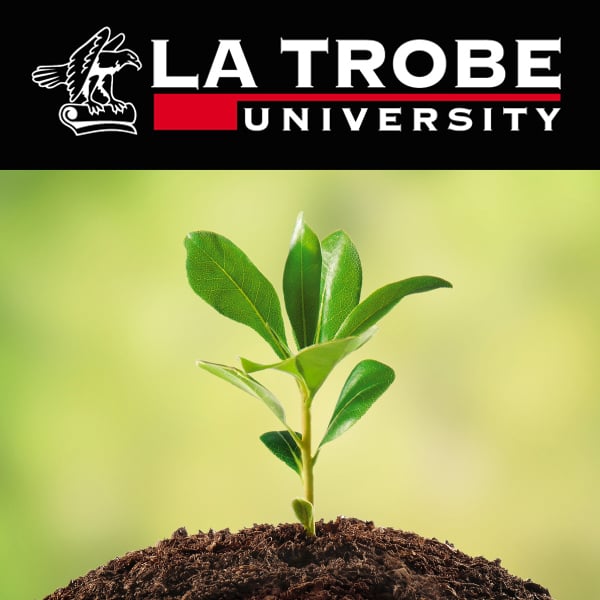Symbiosis (handout)
Description
Plants can't do it all by themselves. In order to get the most out of the soil and, indeed, the air, most plants form symbiotic relationships with bacteria and fungi. We take a look at Anabaena, root nodules, and mycorrhizae.
Roots are often modified to form "survival structures" containing sugars or proteins. Carrots, cassava, batata and yam are typical examples that are used as food sources by humans.
In the last part of this lecture we briefly touch on global and local soil problems like erosion, lack of nutrients, and excess of minerals that increases soil toxicity.
Copyright 2012 La Trobe University, all rights reserved. Contact for permissions.
More Episodes
Over thousands of years, humans have "domesticated" wild type plants and animals through selective breeding. Examples from the plant world include the breeding of modern hybrid maize from teosinte, or the development of modern wheat from emmer.
As our knowledge of genomics and molecular...
Published 10/30/12
Published 10/30/12
Over thousands of years, humans have "domesticated" wild type plants and animals through selective breeding. Examples from the plant world include the breeding of modern hybrid maize from teosinte, or the development of modern wheat from emmer.
As our knowledge of genomics and molecular...
Published 10/30/12


